Nvidia's GeForce GTX 1080 Ti is in the house
Unboxed and compared with the GTX 1080, benchmarks later this week.
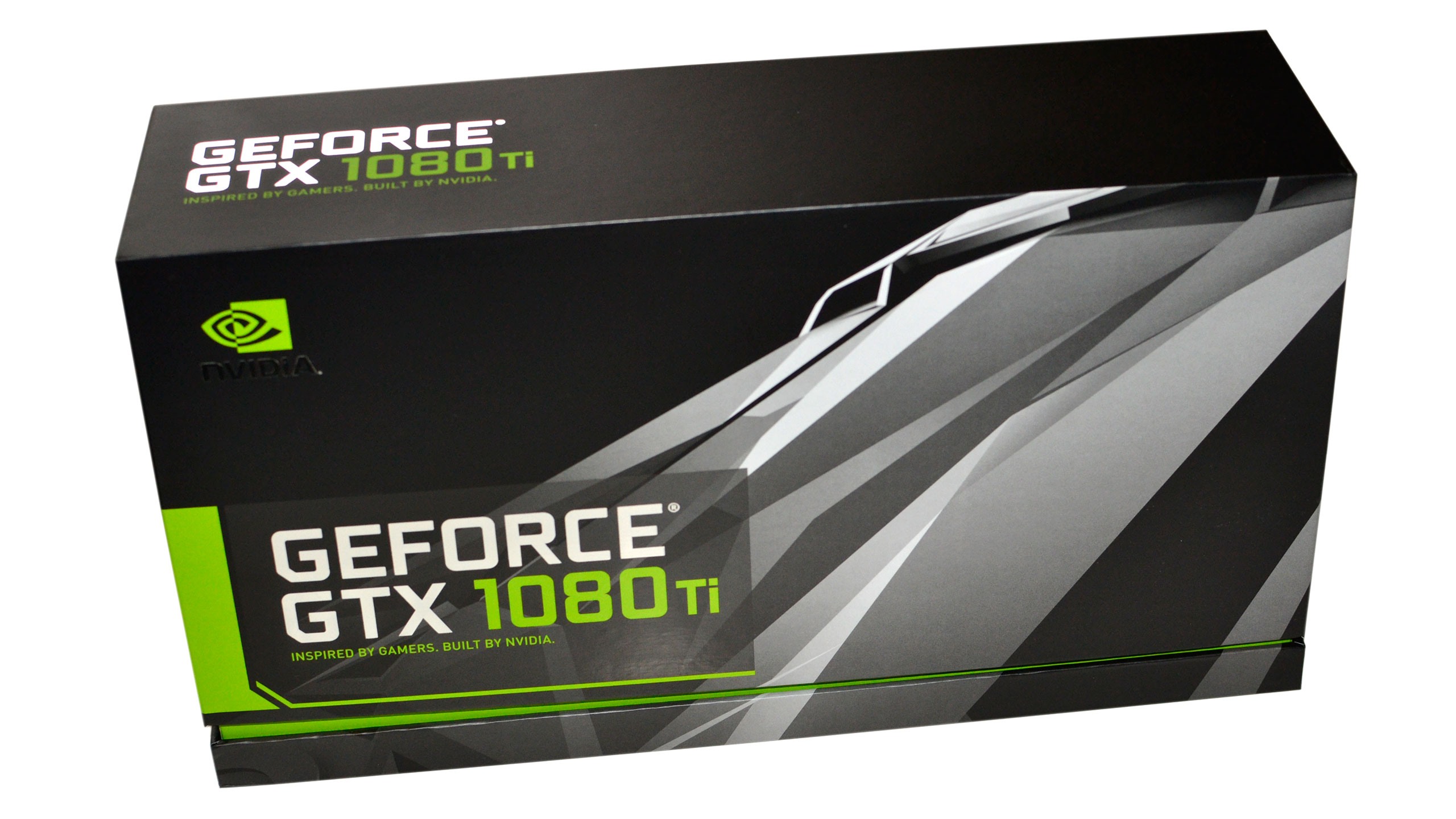
Nvidia officially unveiled the GTX 1080 Ti last week during GDC, where it was revealed the new Titan X killer will retail at $699, pushing the GTX 1080 down to $499. CEO Jen-Hsun Huang announced that the GTX 1080 Ti would be available "next week," with preorders already going live as of last Friday. You might be wondering about the actual launch date, as well as the sort of performance you can expect from the newcomer. Here's what I can tell you.
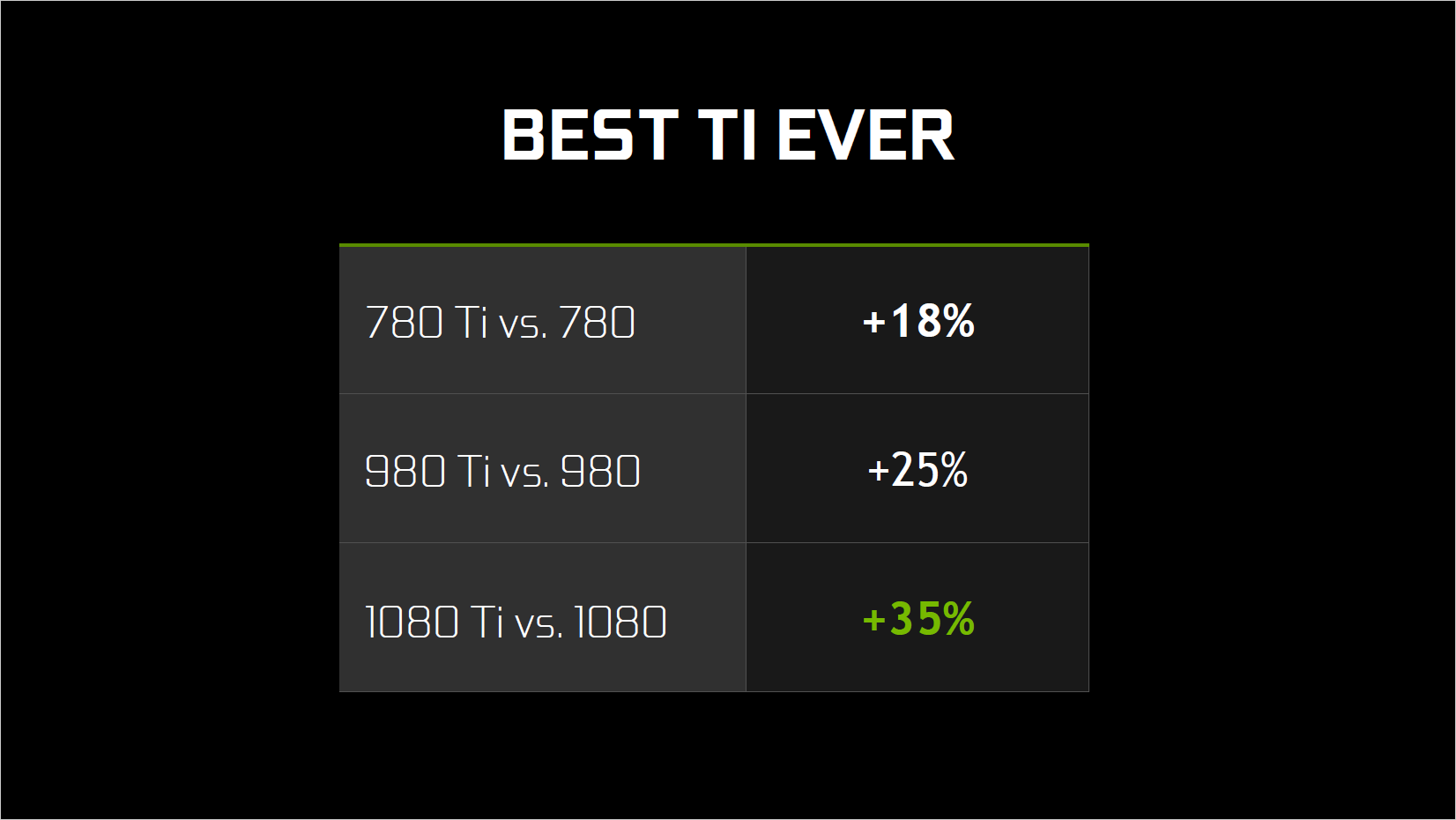
Nvidia provided an estimate of 35 percent better performance than the GTX 1080, though as with all manufacturer provided numbers, take that estimate with a grain of salt—actual performance will vary based on game, resolution, and settings used. The 1080 Ti comes with 3584 CUDA cores, which is 40 percent more than the 1080, and it has a 352-bit memory bus clocked at 11Gbps, giving it 51 percent more memory bandwidth. Clock speeds are a bit of an unknown—Nvidia said 1.6GHz for the boost clock, but the company tends to be a bit conservative on 'typical' boost clocks and said nothing about the base clock. Still, in GPU limited situations, Nvidia's 35 percent faster figure looks about right.
That's all I can say about performance right now, but as for the availability date, I can confirm that I have GTX 1080 Ti in hand, with testing underway. When Jen-Hsun said the cards would be available this week, he wasn't kidding. Whether that will be Tuesday, Friday, or somewhere in between, I'm not allowed to say, but the initial preorders appear to have sold out.
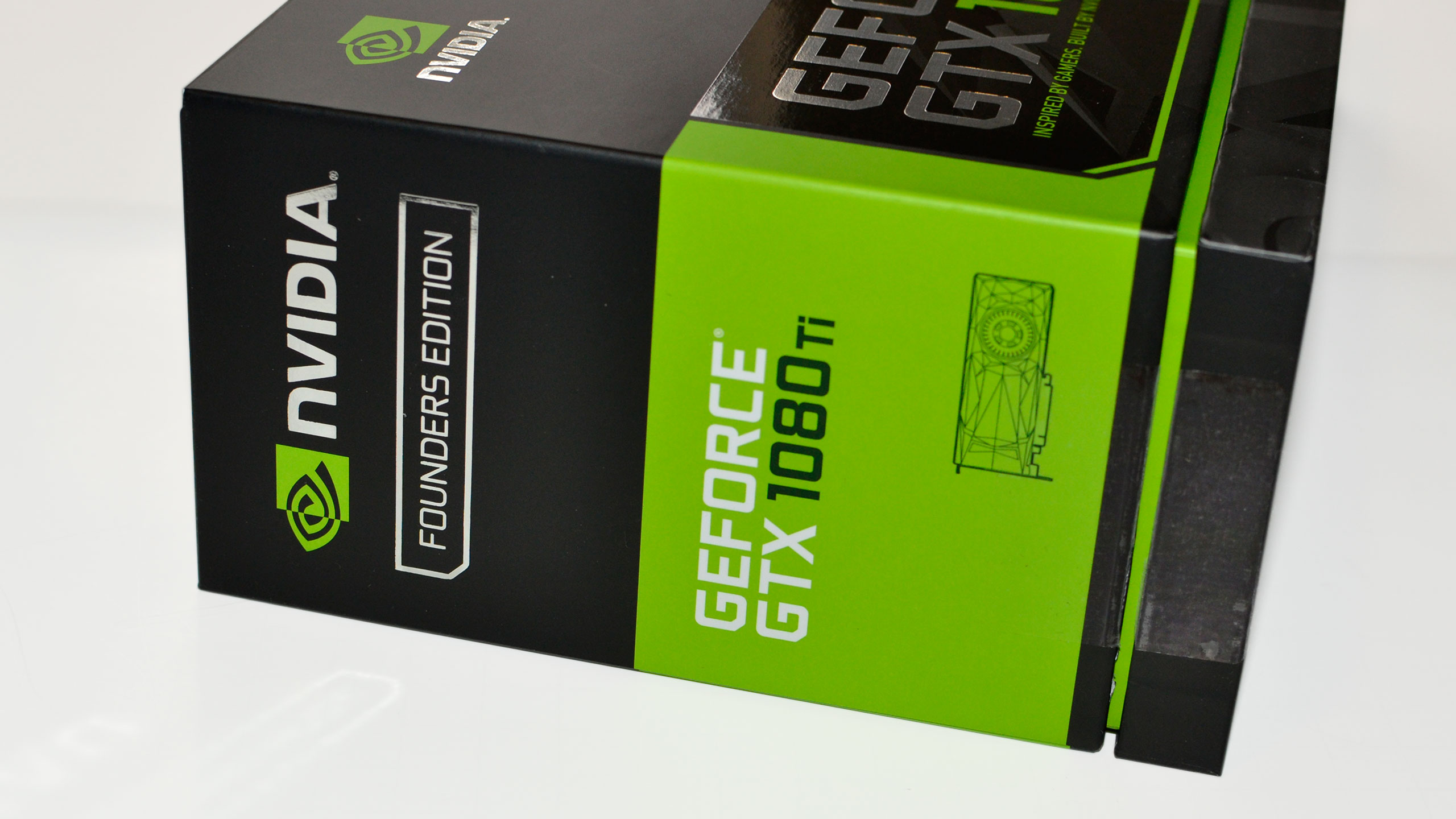
As usual, Nvidia sent their reference design, aka Founders Edition, for the initial review. These cards represent the baseline of the GPU's performance, with various custom cooling solutions coming from Nvidia's partners. Factory overclocked cards will be available as well, at some point likely after the initial wave of Founders Edition cards. The good news is that the Founders Edition at least won't carry a price premium this round—the negative publicity of the earlier 10-series FE cards seems to have caused a change of heart for Nvidia. As for the card itself, I took some comparison photos of the 1080 Ti next to the 1080 FE.
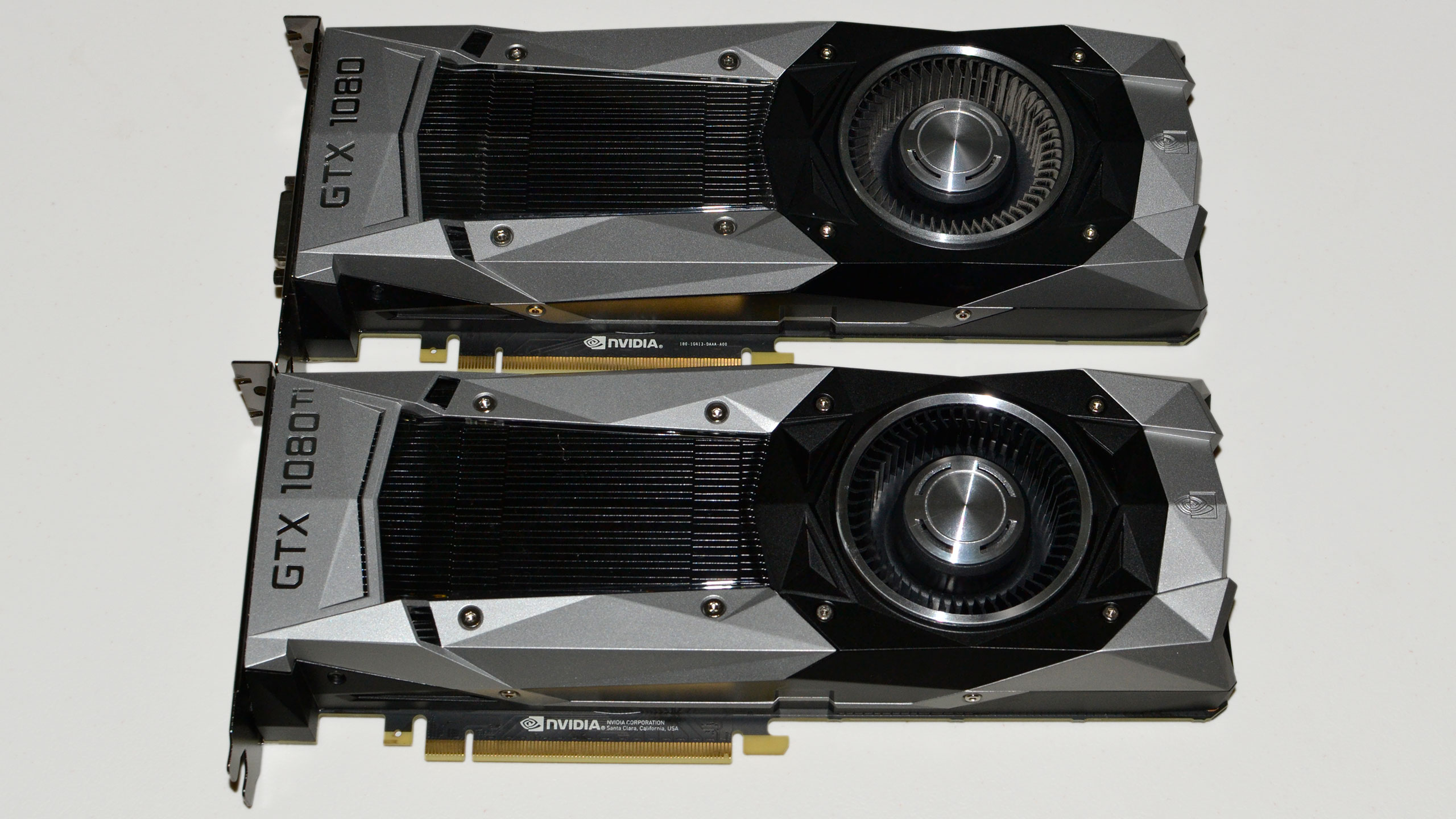
Other than the slight accumulation of dust on my 1080 card's fan, and a change in labeling on the Ti, to the naked eye there's very little difference between the two cards. The cooler and shroud look identical as far as I'm concerned, as do the backplates. But there are a few differences.
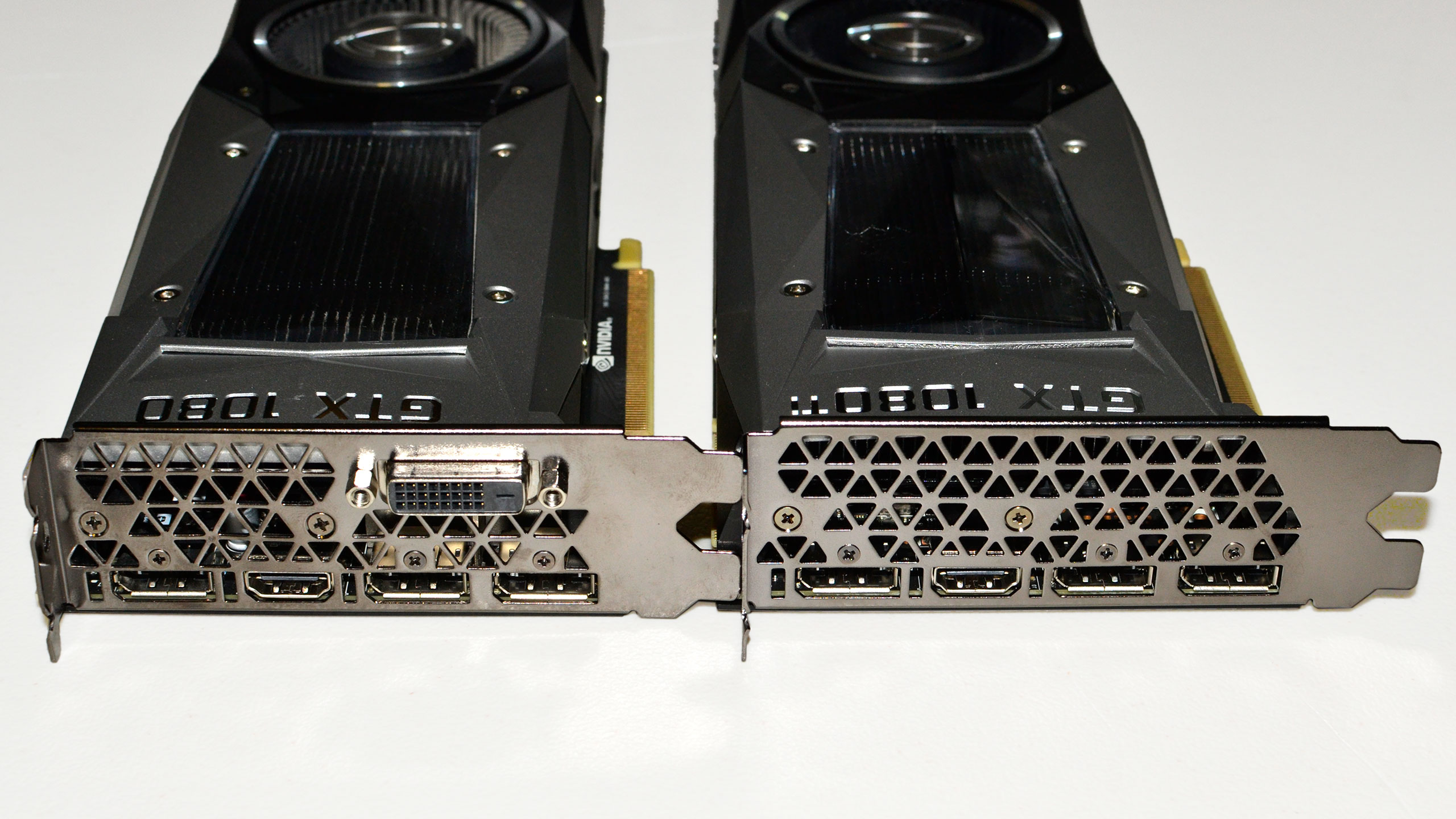
The most noteworthy change for the reference design is that Nvidia has dropped the DVI connector from the 1080 Ti. Considering even dual-link DVI tops out at around 2560x1600 @ 60Hz (a few displays supported overclocking the refresh rate to as high as 100Hz, but that was never an official spec), DP is now the clear winner—not to mention the connector is easier to deal with and the cables are less bulky.
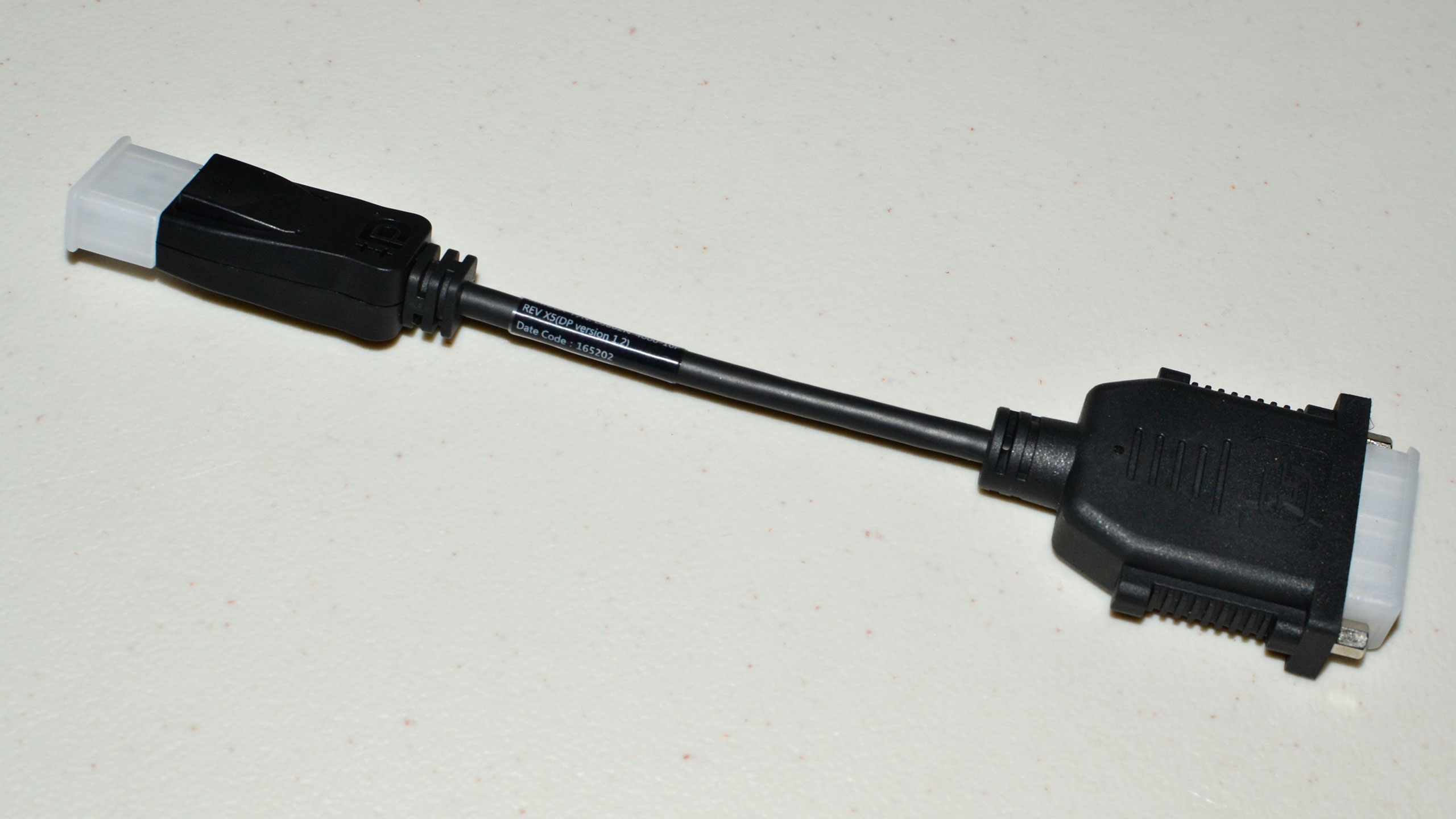
Nvidia does include a DisplayPort to DVI adapter should you need it, so the lack of a native DVI port isn't a huge loss. Unless you happen to run a WQUXGA display or a high refresh rate 3D Vision panel over DVI-D, that is, as the included adapter only supports up to 1920x1080 60Hz.
The biggest gaming news, reviews and hardware deals
Keep up to date with the most important stories and the best deals, as picked by the PC Gamer team.
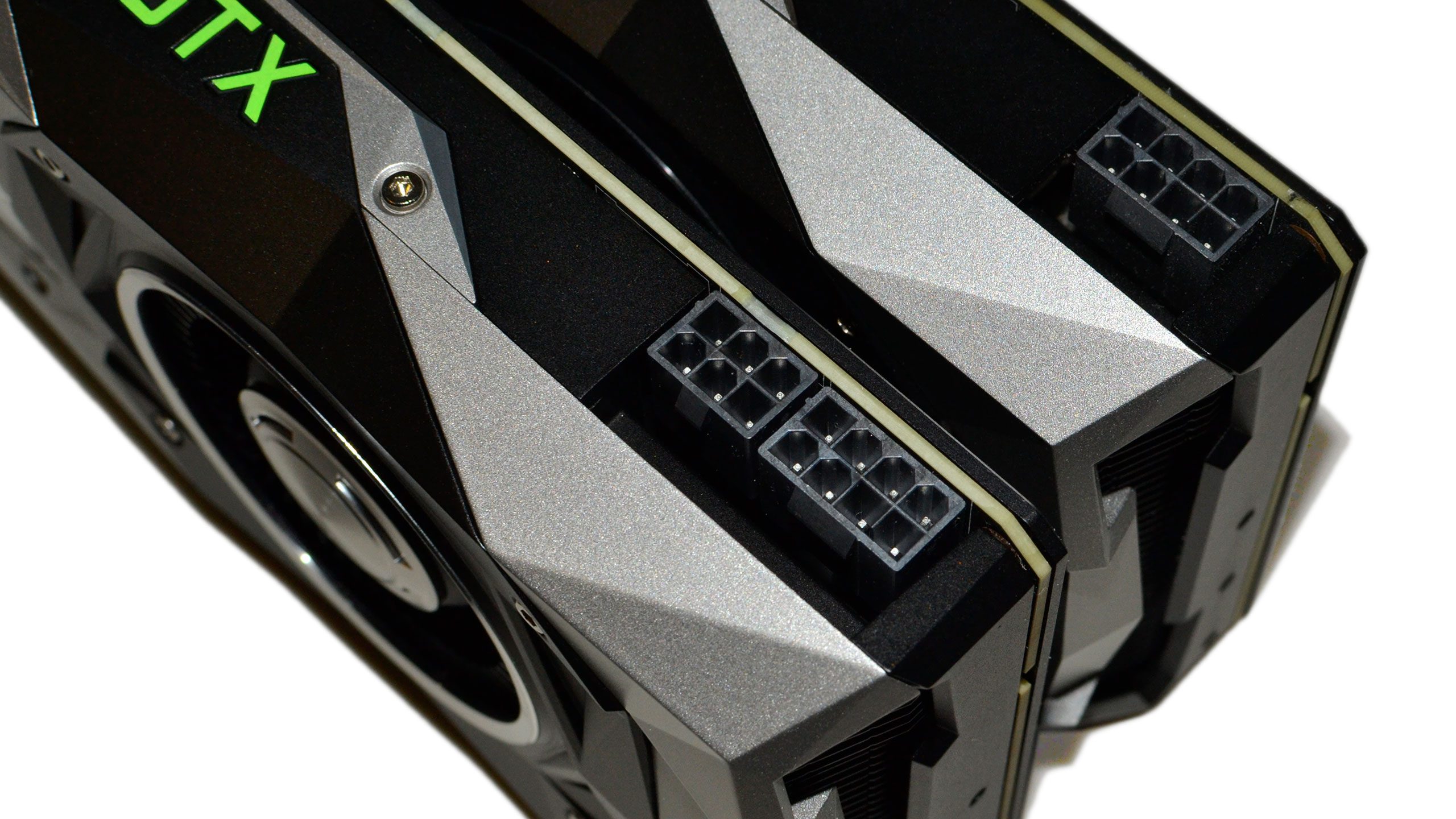
The only other visible difference is that the 1080 Ti FE includes an extra 6-pin PCIe power connector, next to the 8-pin connector. This is in line with the higher 250W TDP on the 1080 Ti, compared to 180W on the 1080 FE.
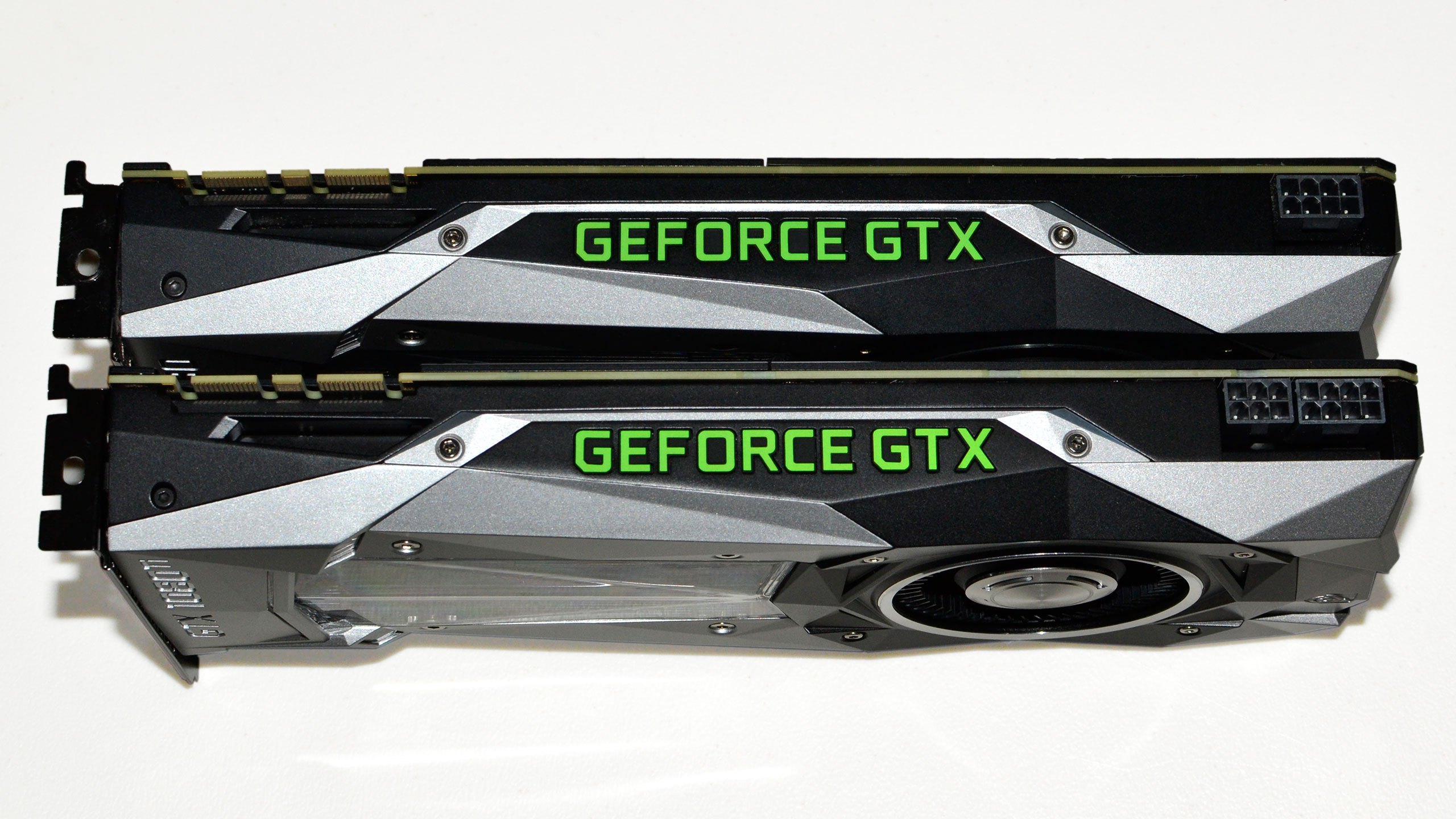
Despite that lack of visible changes, Nvidia did say there are some under-the-hood differences. The 1080 Ti vapor chamber is supposedly improved, providing either lower temperatures at the same noise level or less noise at the same temperature. Of course the reference cooler is still a blower, which some prefer over open-air coolers. Generally speaking, blowers are better in smaller cases, where they can help remove heat, and in SLI setups. But if you're looking for a quiet graphics card, I'd get a standard ATX case with an open-air cooler instead of a blower.
I'll have the full review of the GTX 1080 Ti up later this week, using Nvidia's new set of drivers that are supposed to improve performance in a variety of games. If you like having the fastest graphics card available at a somewhat reasonable price, particularly if you're in the Nvidia camp, the 1080 Ti should hold that crown until Nvidia launches their Volta architecture, which is generally expected in 2018. AMD's Vega could provide a competent challenger from team red as well, but we'll need to wait a bit longer to find out where it lands.
Jarred's love of computers dates back to the dark ages when his dad brought home a DOS 2.3 PC and he left his C-64 behind. He eventually built his first custom PC in 1990 with a 286 12MHz, only to discover it was already woefully outdated when Wing Commander was released a few months later. He holds a BS in Computer Science from Brigham Young University and has been working as a tech journalist since 2004, writing for AnandTech, Maximum PC, and PC Gamer. From the first S3 Virge '3D decelerators' to today's GPUs, Jarred keeps up with all the latest graphics trends and is the one to ask about game performance.


